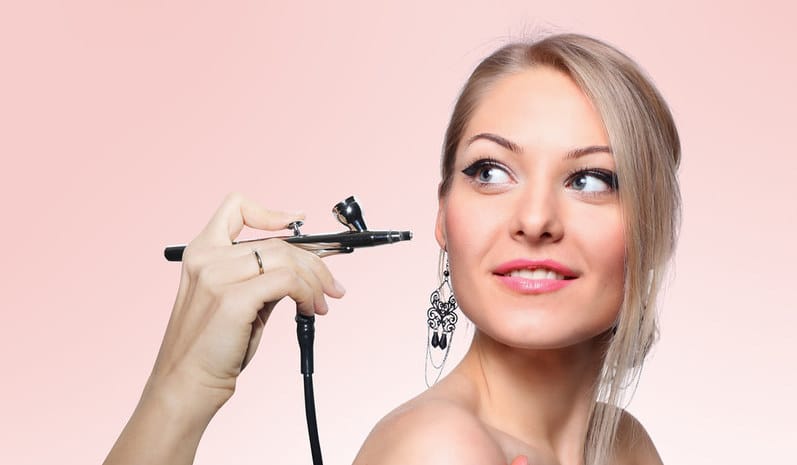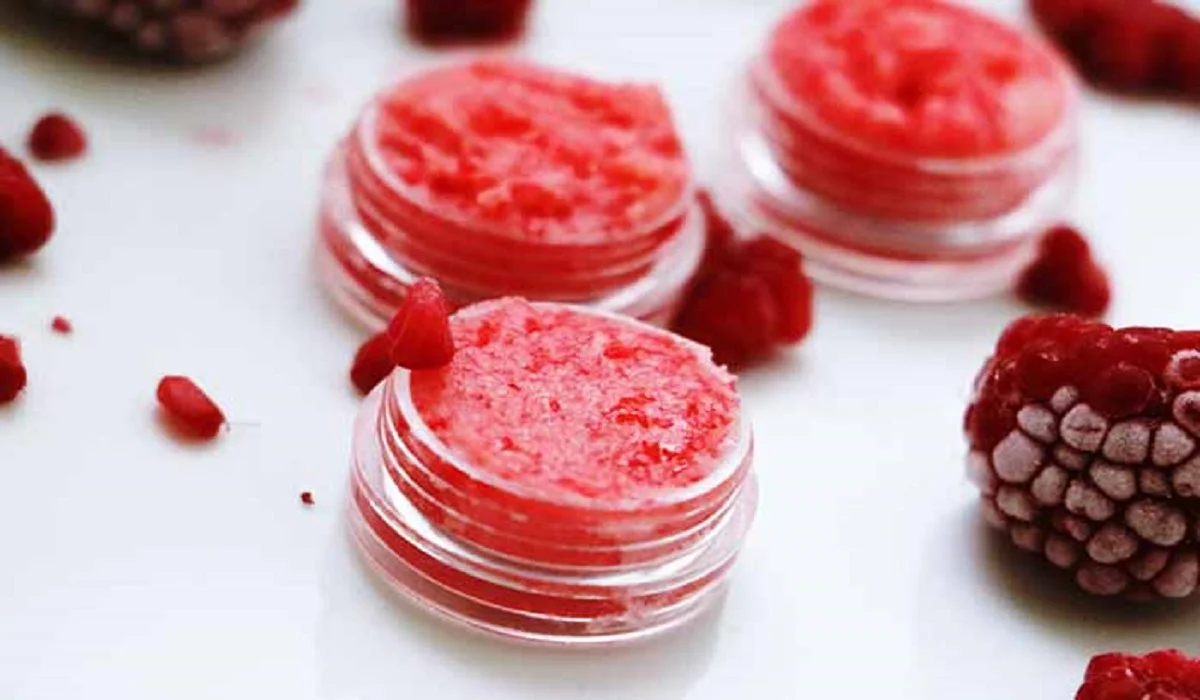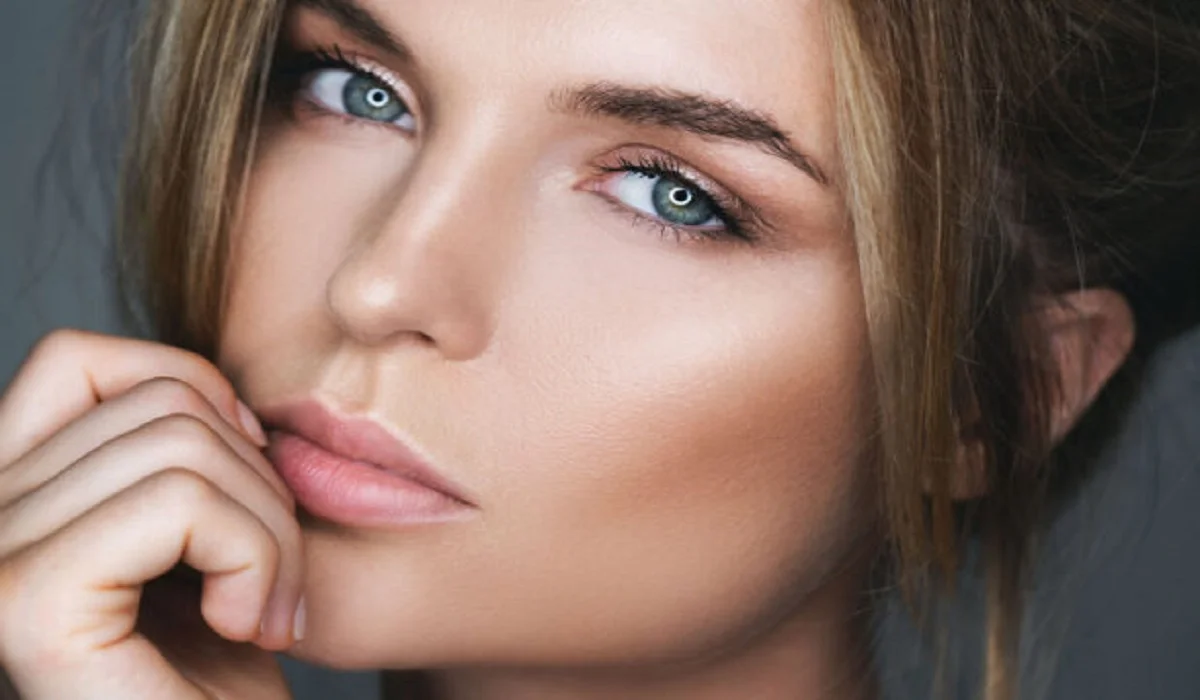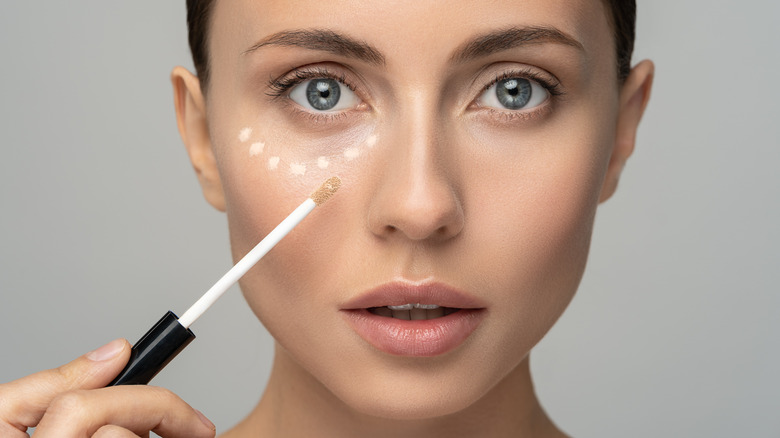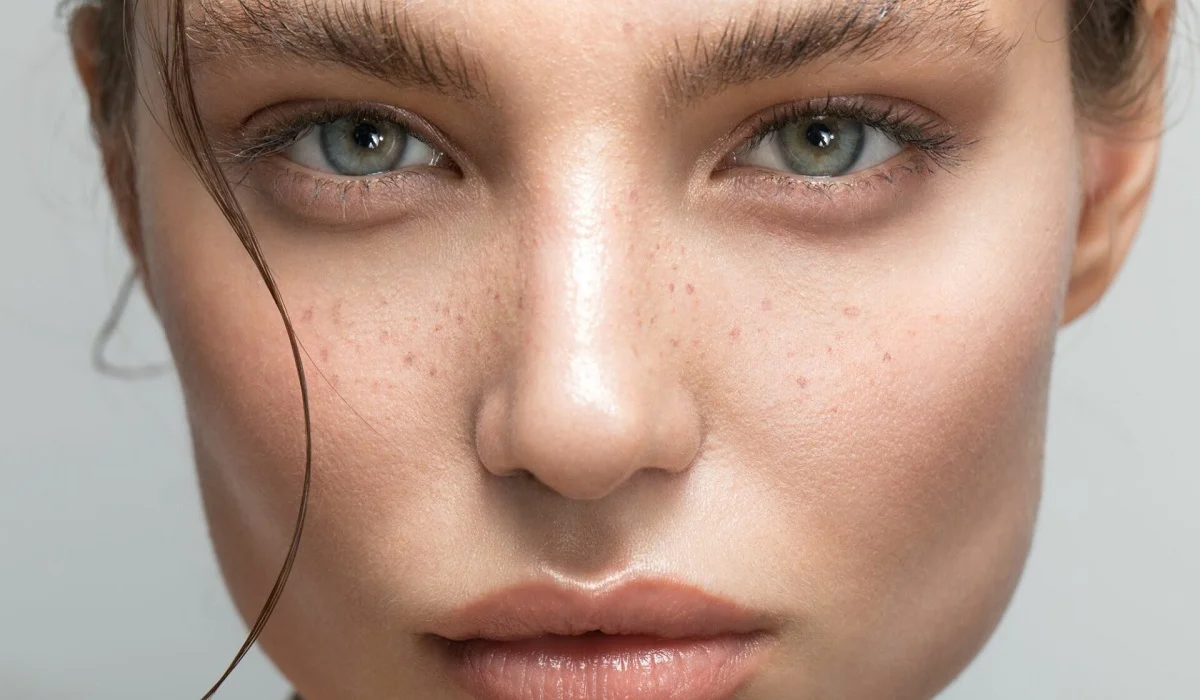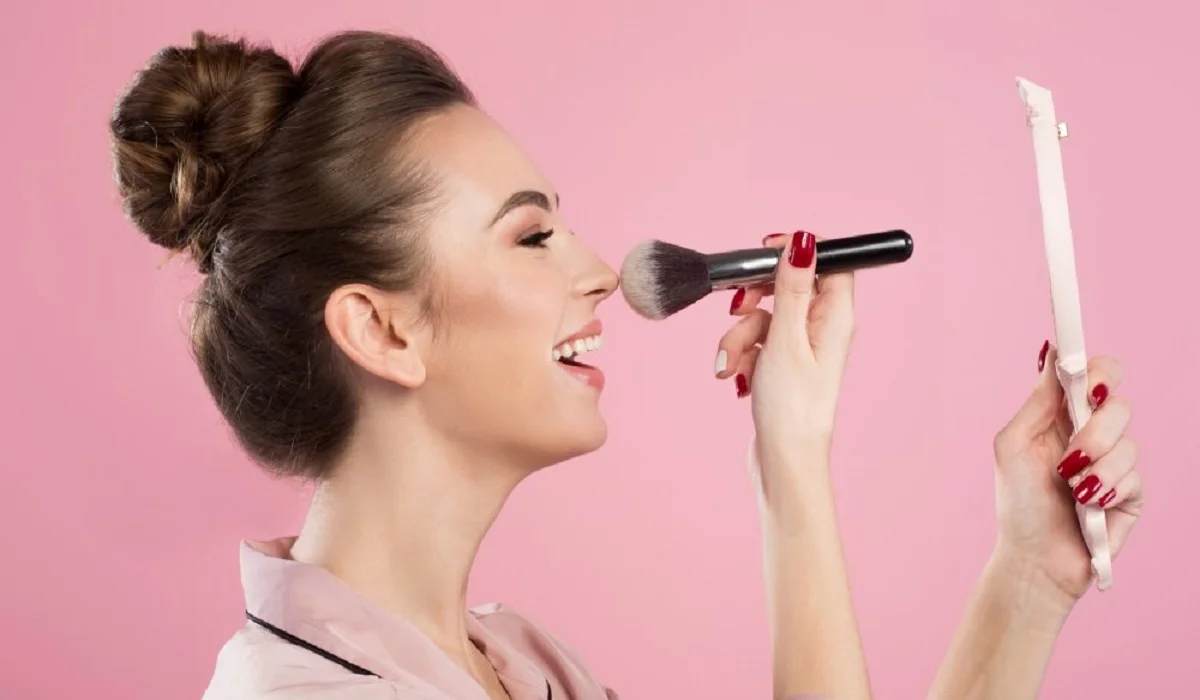Embarking on the journey of self-haircutting can seem challenging, yet with adequate preparation, the right set of tools, and mastering various techniques, it transforms into a deeply satisfying endeavor. This tutorial is designed to guide you through every step of the process, whether you aim to maintain your existing hairstyle, experiment with a new look, or simply snip away those split ends.

Haircut Preparation Essentials
Choosing the Correct Tools
A successful self-haircut begins with selecting the appropriate tools. Essential items include razor-sharp hairdressing shears, a fine-toothed comb, hair clips for sectioning, and a mirror. For those considering clipper cuts, selecting a set with a comprehensive range of guard lengths is crucial.
Hair Washing and Conditioning
To facilitate a smoother cutting process, start with freshly washed and conditioned hair. After washing, towel-dry your hair to eliminate excess moisture, leaving it more pliable and ready for a precise cut.
Fundamental Haircutting Techniques
Precision Scissor Work
Master the correct grip of the scissors and practice executing fine, accurate snips. The cutting angle is pivotal in determining the final look, hence begin with straightforward cuts before advancing to intricate angles.
Clipper Usage for Shorter Styles
For those desiring shorter or buzzed styles, clippers become an indispensable tool. Initiate the cut with a higher guard setting to preclude removing too much hair abruptly, progressively adjusting to achieve the desired length.
Detailed Haircutting Guide
Designing Your Hairstyle
Prior to cutting, formulate a clear vision of the desired hairstyle, considering factors such as hair texture, facial structure, and maintenance commitment.
Hair Sectioning
Segmenting your hair into manageable sections simplifies the cutting process. Utilize clips to divide the hair in alignment with your planned hairstyle.
Executing the Cut
Start with the lower layers, gradually ascending. Exercise restraint in the initial cuts—it’s preferable to trim further if necessary than to remedy overly short lengths.
DIY Haircutting Pro Tips
Circumventing Common Errors
A prevalent error in self-haircutting is removing too much hair simultaneously. Proceed slowly, bearing in mind that it’s more feasible to cut additional length later than to correct an overly short cut.
Layering Techniques
Incorporating layers can introduce movement and dimension. Begin with the frontal layers, advancing rearward, using your digits as a guide to ensure uniformity.
Men’s Haircutting Tutorial
Men’s Cutting Tools and Methods
Typically, men’s haircuts involve clippers for the sides and back and shears for the top. Acquiring skills in blending these methods is essential for a polished look.
Post-Cut Styling
The foundation of a stellar hairstyle is a proficient cut. Select styling products that enhance your hair type and intended style.
Women’s Haircutting Guide
Women’s haircuts range from straightforward trims to elaborate layered cuts, with texture and volume playing pivotal roles.
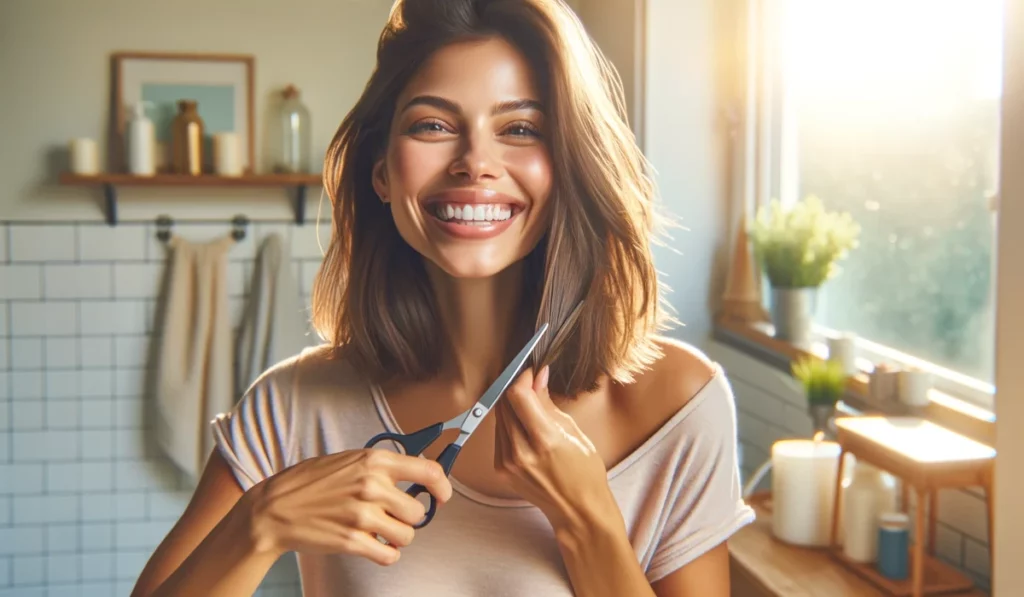
Crafting Layers and Bangs
Layers and bangs can significantly alter your appearance. Tailor each cut to complement your facial shape and hair texture for optimal outcomes.
Timing Your Trims
To maintain hair health and style, aim for trims every 6-8 weeks, varying with hair growth rates.
Promoting Hair Health
Maintaining hair health simplifies cutting and styling. Develop a care routine that includes balanced nutrition, regular cleansing, and minimal thermal styling.
Advanced Cutting Techniques
Texturizing for Volume and Reduction
Learn texturizing techniques, such as point cutting, to eliminate bulk and enhance volume.
Razor Cutting for Softness
Razor cutting can produce delicate, feathered layers but requires careful handling to prevent excessive hair removal.
Children’s Haircutting Tips
Preparing for a Child’s Haircut
Ensure the child is relaxed and entertained. Employ distractions like toys or videos to maintain their calmness throughout the cut.
Simplistic Approaches for Children
Opt for uncomplicated cuts for children, focusing on quick and safe trimming methods to minimize discomfort.
Avoiding and Rectifying DIY Haircutting Mistakes
Steering Clear of Common Errors
Familiarize yourself with typical haircutting missteps to avoid them in your practice.
Mistake Correction Strategies
In case of errors, remain calm. Most mistakes can be blended or adjusted, and accessories can help conceal them as hair grows back.
Professional Haircuts vs. Home Techniques
Consulting a Professional for Complex Styles
Although home haircuts can be efficient and economical, intricate styles might necessitate a professional’s touch. Recognize when to seek a hairstylist for complex designs.
The Advantages of Home Haircuts
Home haircuts offer cost savings and convenience, allowing for style experimentation within your personal space.
Tool Maintenance and Cleanliness
Tool Cleaning Imperatives
Regular cleaning and oiling of your haircutting tools are vital to prevent infections and prolong their usability.
Proper Tool Storage
Safeguard your tools from damage through correct storage, keeping them dry and out of reach from children.
Trendsetting in Haircutting
Embracing Current Hair Trends
Keep abreast of the latest hair trends, from shag cuts to contemporary bobs, and consider adapting these styles to suit your unique hair type and facial structure.
Tailoring Trends to Your Hair Type
Not all trends suit every hair type. Discover how to modify the latest styles to flatter your individual hair texture, whether curly, straight, or wavy.
Diverse Style Haircutting Techniques
Short Hair Styles
Explore the fundamentals of fashionable short haircuts, including pixie cuts and bobs, for a chic, low-maintenance look.
Long Hair Care and Styles
Long hair offers styling flexibility but demands regular upkeep. Learn strategies for maintaining the health and appearance of long locks.
Curly Hair Cutting Methods
Curly hair requires special attention to preserve its shape and volume. Delve into cutting techniques tailored for curly hair textures.
Leveraging Technology for Haircut Planning
Virtual Haircutting Tools
Utilize virtual tools to preview various hairstyles on your face shape before committing to a cut. Investigate the top applications for this purpose.
Top Recommended Apps
Numerous applications are available to assist in haircut planning. Identify those offering the most accurate simulations and useful functionalities.
Self-haircutting can be a gratifying venture. With patience and dedication, achieving salon-quality results at home is within reach. Remember, gradual steps and cautious experimentation are key to mastering the art of home haircuts.
Mastering home haircuts is both a practical and rewarding skill, offering savings in time and expenses. By adhering to this guide, you are well-equipped to take on the role of your own stylist. Remember, proficiency comes with practice, and each haircut enhances your confidence and skill set.
- How frequently should hair be cut?
- Can a poor haircut be fixed?
- What is the optimal technique for cutting curly hair?
- Is it preferable to cut hair when it’s wet or dry?
- Can home haircuts lead to significant savings?
- What are the must-haves for a home haircut kit?

